The year is 1844, and tucked away along the winding banks of a creek in Lawrenceburg, Kentucky, William Harrison (W.H.) McBrayer has just established his first distillery–RD #44. These hallowed grounds would become home to “America’s Most Famous Distiller” and his world-famous Bourbon.
During a time when Anderson County became known as “the mother of distilleries” in Kentucky, McBrayer’s flagship distillery was considered the parent, making way for many younger, prosperous children to thrive.¹
This is the story of how McBrayer, more commonly known as “the Judge,” put Kentucky Bourbon on the international map with his most beloved award-winning spirit: Cedar Brook.
Along the Banks of Cedar Run
First producing his spirits under the label “W.H. McBrayer Hand Made Sour Mash Whiskey,” McBrayer renamed his distillery in the 1850s at the advice of his wife, Mary. Situated on a serene, narrow-winding valley located off the banks of Cedar Run, it’s been said the name was inspired by the dense growth of Cedars that covered the property’s towering cliffs and lined the nearby stream. Cascading gently in a zig-zag down a small decline, the stream made an audible ripple like the poet’s “babbling brook” and so Cedar Brook Distillery was born.
As luck would have it, the decision to claim the Cedar Brook name may have been one of McBrayer’s best because it later became known as “The Most Famous Brand in the World.” But for McBrayer, it wasn’t just luck or good fortune that earned Cedar Brook its claim to fame–it was his dedication to ensuring the highest grade of whiskey.
Known for sparing neither effort nor cost throughout his process of distilling, early literature¹ recalls that the greatest pains were taken to produce his celebrated brand. From selecting the very best ripe grains and the purest limestone water to exercising special care in the cooperage and storage of his Bourbon, McBrayer took tremendous pride in the quality of his spirits. Storing barrels in warehouses located upon the highest hill on the property, his Bourbon patiently aged to acquire the richest flavor.¹
With McBrayer at the helm and nature on his side, the distillery was said to have the “most ideal conditions that one’s heart could desire” for making whiskey.² An inexhaustible supply of pure spring water, the most fertile soil to grow the richest, mellowest grains, plenty of sunshine and even the wooded hills seemed to conspire to protect his beloved Cedar Brook.
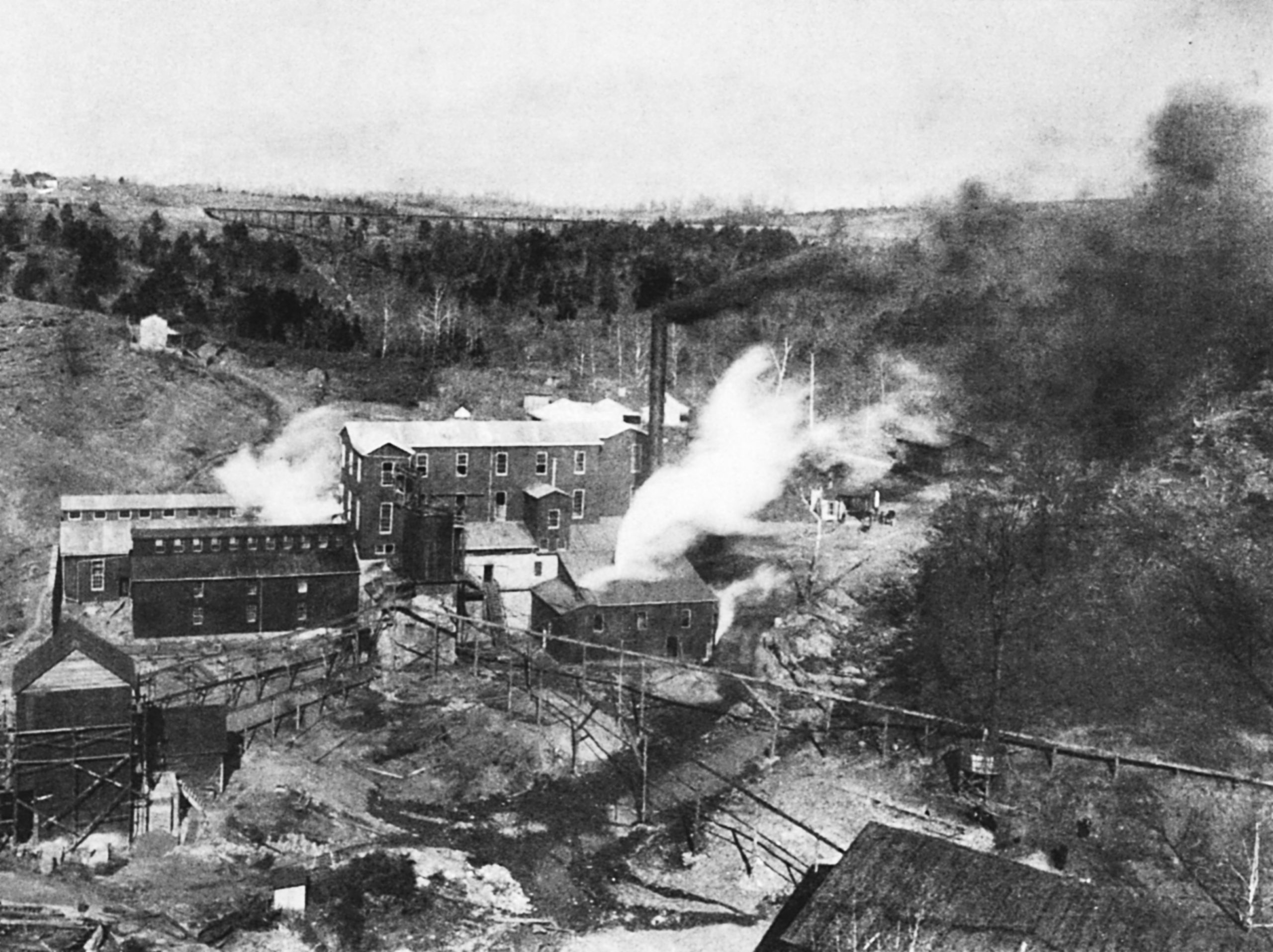
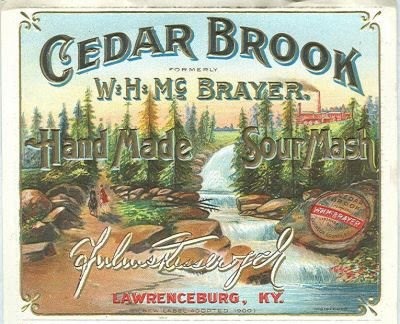
When Whiskey was as Good as Gold
During the Civil War, Cedar Brook continued to thrive as word of the Judge’s Bourbon spread throughout the country. By 1873, Cedar Brook Distillery’s reputation had risen to international heights–with McBrayer’s Bourbon receiving a gold medal at the Universal Exhibition in Vienna, Austria. In 1876, it won a gold medal at the Philadelphia Centennial Exposition, America’s first World’s Fair. Also awarded a gold medal at the World’s Industrial and Cotton Centennial Exposition in 1884, the superiority of McBrayer’s “Pure Fire Copper Whiskey” was unmatched.
Known as “the whiskey that made the crowned heads of Europe turn from Scotch to Kentucky Bourbon,” Cedar Brook is said to have been the highest selling brand of Bourbon on the market at the time. While Cedar Brook grew from humble beginnings, it was touted as “The World’s Choice”¹ and was even recommended as “the standard of purity, quality and excellence throughout the world.”²
With a rise in demand, a new plant was built at Cedar Brook distillery in 1880. As production continued to grow, McBrayer always remained dedicated to the quality of his product.
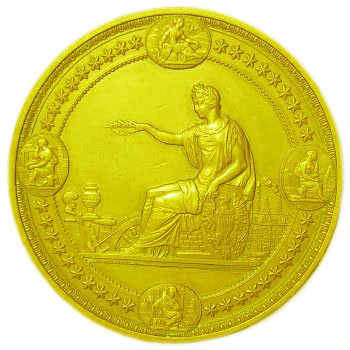
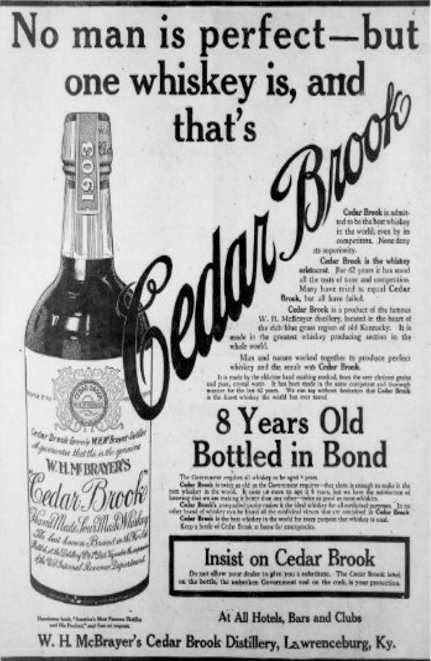
America’s Most Famous Distiller Reigned
In 1899, Cedar Brook was sold to Julius Kessler and the Whiskey Trust. In the years that followed, Cedar Brook’s reputation as “The Most Famous Brand in the World” remained strong–strengthening the foundation McBrayer, “America’s Most Famous Distiller,” had built. Like McBrayer, Julius Kessler and Company was dedicated to protecting the legacy of Cedar Brook, stating:
“As long as the hills of Anderson stand,
In the grandest spot on earth,
We wish success to the Cedar Brook brand,
And the place that gave it birth.”
At its peak, Cedar Brook was advertised as the largest selling brand of fine Kentucky whiskey in the world, available at “all leading clubs, bars, restaurants, hotels and also at leading dealers.” Despite Cedar Brook’s worldwide recognition, the distillery was dismantled in 1922 due to Prohibition.
With great interest in McBrayer and Cedar Brook, the cornerstone of the distillery was opened after the distillery’s closure. Inside of the first stone set in the construction of the masonry foundation, a few dusty artifacts remained: two bottles of rare old whiskey, a small amount of money, old newspapers, and a sealed glass jar that contained a letter about McBrayer and a list of names of people who worked at the distillery.
With 42 names appearing on that list, Cedar Brook built Anderson County’s whiskey industry from the ground up–creating jobs for local residents, including famed Kentucky distillery W.B. Saffell, who worked for McBrayer for some 20 years.
The full list of those employed read as follows: W. H. McBrayer, proprietor; W. B. Saffell, superintendent; J.C. Peden, draughtsman and chief mechanic; James Shields, Sam Shields, John Burford, Johnson Trimble, Henry Augustus, carpenters; George Fallis, G. McGurk, William Highbarger, John Collins, Sam Fallis, Sam Yates, stonemasons; John Gamble, rock quarryman; James Crow, John Hanley, James Carter, George Wash, Josh Mountjoy, C. Cunningham, Moret Cunningham, George Cunningham, Ed Cunningham, Josh Allin, Chap Hayden; R. V. Bishop, distiller; Ed Smith, assistant distiller; Tom Hayden, Green Kennedy, Fran Carter, John Overstreet, beer runners; Henry Avery, fireman and miller; W.T. Morrow, United States gauger; S. H. Lewis, U. S. storekeeper; Will Rice, Lewis Harris, Dud Pleasant, Will Roberts, wagon drivers; Sam Shackleford, blacksmith; J.B. Burford, housekeeper; J. W. Waterfill, Charles Adams and J.M. Faulkner, visitors.³
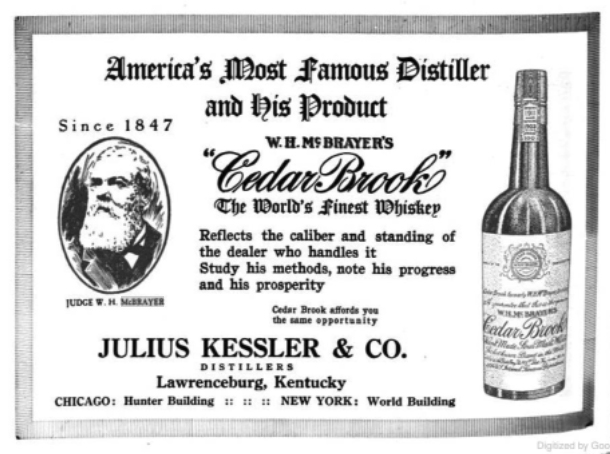
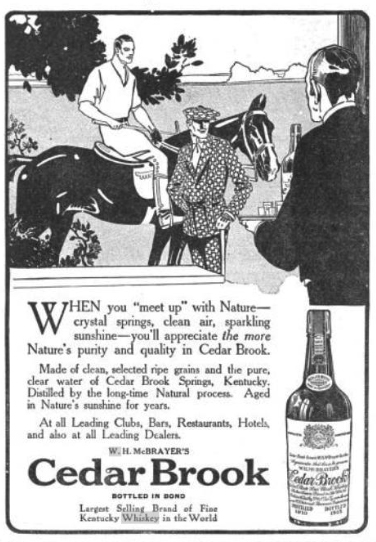
The Resurrection Begins
It’s with great excitement that we’re ready to share that the next chapter in the McBrayer family story is one that will undoubtedly be worth the wait. In 2023, McBrayer Legacy Spirits will resurrect the Judge’s world-famous Cedar Brook Kentucky Bourbon. Following the release of W.H. McBrayer and Old McBrayer, it’s only natural that Cedar Brook will be the next brand in our lineup of legacy-crafted spirits.
Sign up for our Legacy Club to receive the latest news, updates and announcements on all McBrayer Legacy Spirits releases.
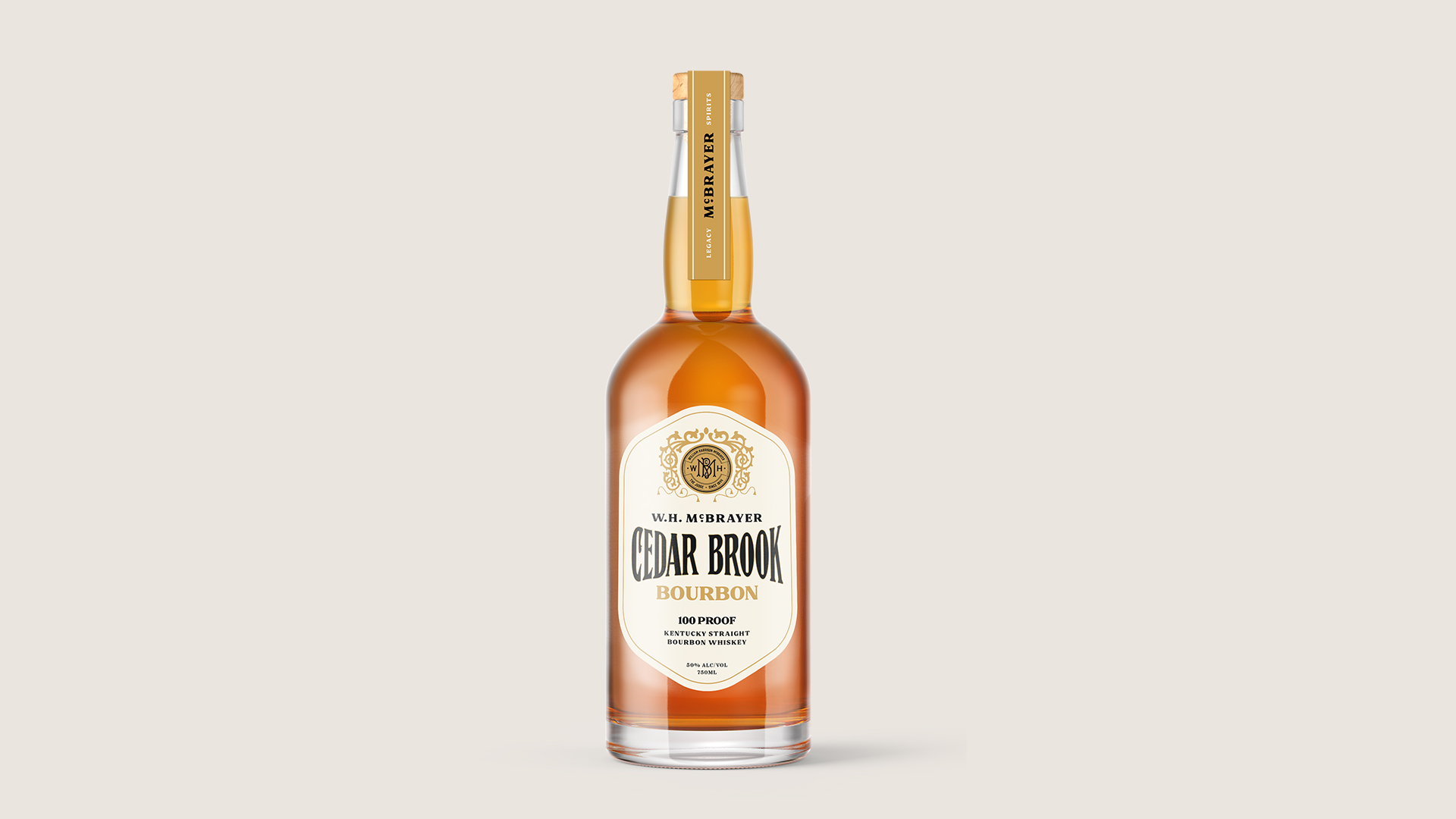
References:
1. The Kentucky Distillers Bureau of Lexington, KY. (1893) Kentucky’s Distilling Interests.
2. Kessler, J. and The Whiskey Trust. (1910) America’s Most Famous Distiller and His Product.
3. McKee, L. and Bond, L. (1936). A History of Anderson County, 1780-1936.

